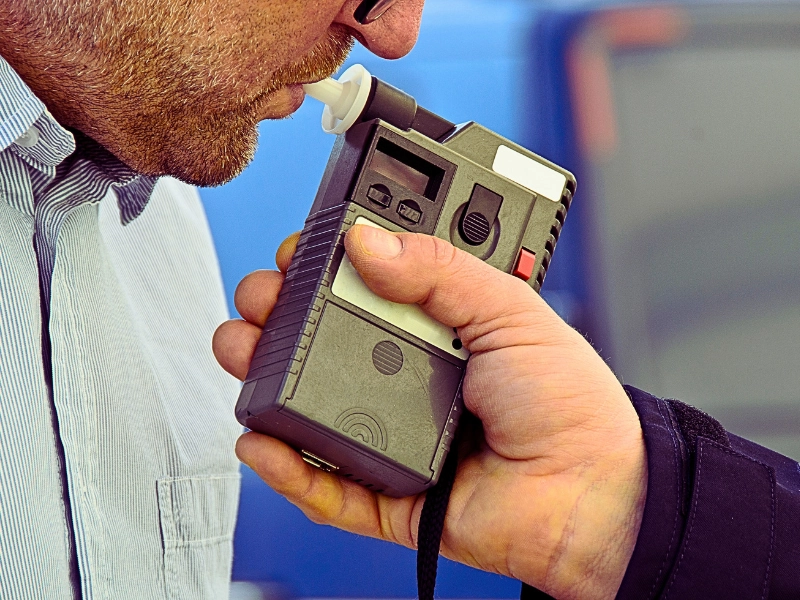Minnesota’s presumptive sentencing guidelines determine a felony offender’s punishment based on the severity of the crime and the offender’s criminal history.
On This Page
Sentencing Guidelines for Minnesota Criminal Charges
The Minnesota Sentencing Commission first established “presumptive” sentencing guidelines in 1978 to ensure fair, uniform punishment for Minnesota criminal offenders, regardless of age, race, or gender. Presumptive sentencing guidelines are meant to establish appropriate punishment for all felony offenders in typical cases. The courts rely on these guidelines which are updated each year to hand down consistent sentences for all Minnesota crimes.
Current Presumptive Sentencing Guidelines use a grid system to determine the presumptive sentence for felony offenses committed on or after August 1, 2019. There are two important factors: (1) a presumptive length of sentence measured in months and (2) a presumptive range of punishment based on a percentage chart. Sentencing guidelines for felony charges also take into account the severity of the crime and the offender’s criminal history. The sentencing guideline chart assigns each offense a level of severity (1 through 11) and a criminal history (1 through 6).
The chart also looks at the date that the offense was committed. The date of the offense is important, especially in juvenile cases where the judge will consider the offender’s age and juvenile record when imposing a sentence. If multiple offenses have been committed, the date of conviction is considered. If there are aggregated offenses under certain statutes, the date of the earliest offense is used as the date of conviction. The Presumptive Sentencing Guideline chart does not include first-degree murder, because Minnesota law requires a mandatory life sentence for this crime.
Minnesota judges do have the right to exercise leeway in sentencing individuals who have been convicted of crimes, but surrounding circumstances of the crime have a big impact on leniency. Crimes that involve aggravated assault, aggravated robbery, gun violence, and sex crimes rarely receive leniency by the court. In some cases, a felony lawyer who provides criminal defense can persuade the court to show leniency and reduce felony charges based on important evidence.
For the last 37 years, Minnesota has consistently ranked in the top three states with the lowest imprisonment rates. In 2016, the imprisonment rate was about 190 for every 100,000 residents, less than half the rate of all other states. The Presumptive Sentencing Guidelines help to establish the lowest rates of incarceration for offenders, while ensuring fair justice for all crimes.






